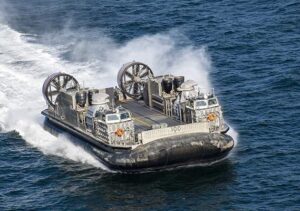News & Events

Traditional design method, utilizing the classic design spiral, brainstorms a manageably sized set of competing concepts very early in the design process. In yacht design, this is often accomplished at the system level. The high level concepts are then analyzed and evaluated. These evaluations generate more detailed knowledge about each concept, and gradually the concepts are refined and re-evaluated until a final “best” design emerges. While this process works, it doesn’t always work well. By its very nature, this process is iterative in its approach, and inherently involves redesign throughout the process (excessive redesign = cost overruns + schedule slip). Additionally, because design decisions are being made early in the process while technical details are still evolving, late-stage integration problems tend to arise, where, for example, at the eleventh hour a piece of equipment in one system is found to be incompatible with a connected system.

DLBA has found Set-Based Design (SBD) can be a desirable alternative to traditional design for complex engineering design projects, such as yacht design. Based on advanced mathematical techniques, SBD is able to generate and evaluate a significantly larger number of concepts, and intentionally delays design decisions until adequate technical information is known. The end result is a small set of viable concepts, all of which meet regulations and customer-specific requirements that can then be further filtered to a desired parameter (e.g. fuel economy, seakeeping ability, etc.) or a set of parameters. Detailed design can then proceed with high assurance of integration success and minimal design rework, supporting our goal of on-time and on-budget deliveries.
Should every yacht be designed using SBD? Probably not. But is there a place for SBD in yacht design? Absolutely! SBD is well suited for large, complex designs, where there are numerous interconnected systems with possibly competing objectives. Its power is seen best in projects where the “design canvas” is blank. DLBA has the experience to determine whether a traditional design approach or Set-Based Design is right for your project, or whether a tailored hybrid design approach (e.g. traditional design with targeted elements of SBD) might be more advantageous.
The U.S. Navy Ship-to-Shore Connector program utilized Set-Based Design to generate and evaluate concepts for the next generation of the Landing Craft, Air Cushion (LCAC).
Image courtesy of Textron Systems.
